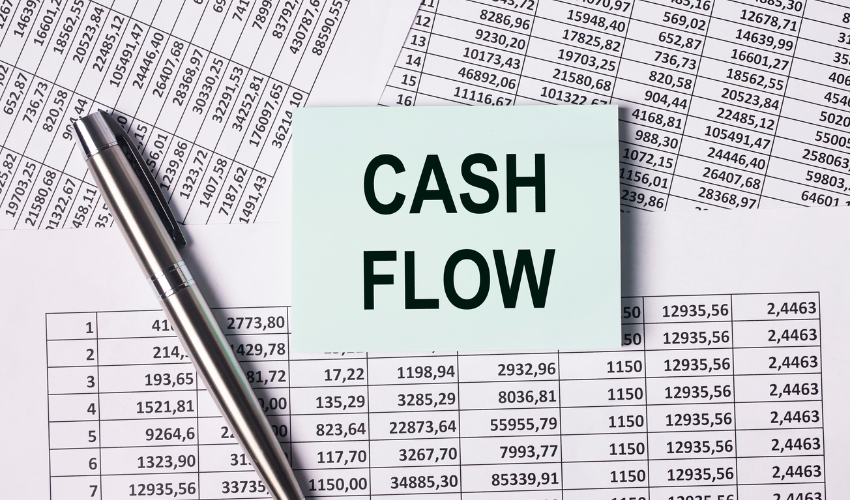What is the difference between Cash flow, Free Cash Flow, Net Profit, and Cash Equivalents?
Introduction
Understanding the financial health of a company involves delving into various financial metrics. Four crucial metrics often discussed in financial reports are Free Cash Flow (FCF), Cash Flow, Net Profit, and Cash Equivalents. While they may seem similar at first glance, each metric serves a distinct purpose and provides valuable insights into a company’s performance and liquidity. In this blog, we will unravel the differences between these essential financial indicators.
1. Free Cash Flow (FCF):
Free Cash Flow is a key metric that measures the amount of cash generated by a company’s operations after accounting for capital expenditures necessary to maintain or expand its asset base. In simple terms, FCF represents the cash available for distribution to investors, debt repayment, or reinvestment in the business. The formula for FCF is:
Free Cash Flow (FCF) = Operating Cash Flow – Capital Expenditures
A positive FCF indicates that the company is generating more cash than it is spending, which is a positive sign for investors and has potential for growth.
2. Cash Flow:
Cash Flow, often referred to as Operating Cash Flow, represents the cash generated or used by a company’s core operating activities. It includes cash received from customers and cash paid to suppliers, employees, and other operational expenses. The formula for Operating Cash Flow is:
Cash Flow = Net Income + Non-cash Expenses + Changes in Working Capital
Analyzing cash flow is crucial, as it provides insights into a company’s ability to meet its short-term obligations and invest in future growth.
3. Net Profit:
Net Profit, also known as Net Income or Profit After Tax, represents the total revenue minus all expenses, including taxes. It is a crucial metric for assessing a company’s overall profitability. The formula for Net Profit is:
Net Profit = Total Revenue – Total Expenses
While Net Profit is vital for gauging profitability, it does not directly represent a company’s cash position, as it includes non-cash items like depreciation and amortization.
4. Cash Equivalents:
Cash Equivalents refer to highly liquid and short-term investments that are easily convertible to known amounts of cash and have original maturities of three months or less. Common examples include Treasury bills, money market funds, and short-term government bonds. Cash equivalents are included in a company’s balance sheet and are crucial for assessing liquidity.
Conclusion:
In summary, Free Cash Flow, Cash Flow, Net Profit, and Cash Equivalents are distinct financial metrics, each offering a unique perspective on a company’s financial health. Investors and financial analysts should consider these metrics collectively to gain a comprehensive understanding of a company’s operational efficiency, profitability, and liquidity. By decoding these metrics, stakeholders can make informed decisions and better navigate the complex landscape of financial analysis.



